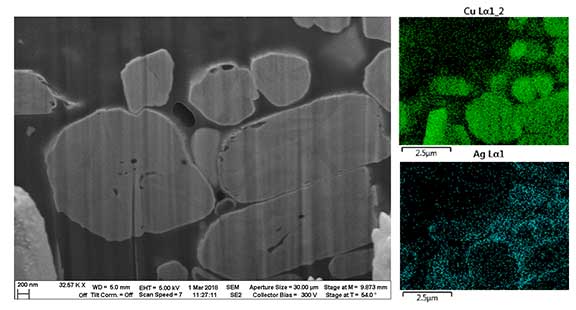Failure Mechanisms in Electrically Conductive Adhesives
As a DuraMAT project, Arizona State University seeks to measure the bulk properties of a variety of electrically conductive adhesive (ECA) products on the market today for photovoltaic (PV) modules. It will use the products to determine the stress required for a given material in a given module configuration to fail.
Arizona State University will then build test structures and determine if they fail in the manner predicted from their material properties. It will also correlate the stress required to cause failure with the stress experienced by the interconnect in a module in the field.
Many of today's PV modules have passed IEC infant mortality testing, but the mid- and end-of-life failure mechanisms are not yet known.
Core Objective
Location
Arizona State University
Applications
Manufacturers interested in developing ECAs for solar applications will be able to use the methodology to compare their product to other formulations or other products on the market. If the project determines that ECA interconnects have distinctly different failure modes to solder joints, this may also inform future testing standards.
Availability
The published data from this project will be made public.
Contact
To learn more about this project, contact Zachary Holman

Figure shows a secondary electron image of a cross-section of one of the ECAs under test that was milled with a focused ion beam. Electron dispersive spectroscopy maps of the cross-section for the Cu and Ag Lα1 peaks show that the particles suspended in the binder are Cu coated with Ag.